The arts interview: On the eve of his 80th birthday, and a Royal Academy show, Rogers talks about his 50-year bid to change society – and why we never get over the shock of the new
Richard Rogers's 1958 student report from the Architectural Association School exhibited a remarkable level of consistency: Elementary Construction; Concrete Design; Specifications & Materials … he failed them all. As his tutor concluded, Rogers "has a genuine interest in and a feeling for architecture, but sorely lacks the intellectual equipment to translate these feelings into sound building. His designs will continue to suffer while his drawing is so bad, his method of work so chaotic and his critical judgment so inarticulate."
It would not be the last time Rogers received a bad notice. In 1987, Prince Charles, a persistent critic, responded to his plans for London's Paternoster Square, near St Paul's Cathedral, by saying: "You have to give this much to the Luftwaffe. When it knocked down our buildings, it didn't replace them with anything more offensive than rubble."
When Rogers was working on the building he is best known for, the Pompidou Centre in Paris, he says that "no building was as unpopular. We had absolutely nothing positive from press or public. Halfway through I was sent a letter signed by 47 French intellectuals objecting to this thing that would 'dishonour' Paris." In fact the letter was a copy of the one sent to Eiffel objecting to his tower, and was sent by a supporter to raise his spirits. "So nothing changes," he laughs. "There is always the shock of the new. But almost immediately after the Pompidou opened people started to come around. And the press changed tack and carried on as if they had loved it all along."
Rogers has also, of course, enjoyed his share of praise. Two years after that disastrous AA School report he won his final-year prize – a guinea – and set out on one of the most significant architectural careers of his generation. Aside from the Pompidou Centre, Rogers's CV includes the Lloyds building, Heathrow Terminal Five, as well as a new terminal at Madrid's Barajas airport, the Millennium Dome, the Welsh Assembly building, the European Court of Human Rights and, most recently, the Leadenhall building in the City, dubbed the Cheesegrater.
Along the way he has been awarded the highest honours in the profession, including the Riba Gold medal and the Pritzker prize – the "Nobel of architecture". But for all this acclaim, he says architecture has been largely "a tool" by which he has attempted to achieve some sort of resolution between a wider set of social, economic, political and cultural ideas. In that AA report, he was lauded, presciently, for his "capacity for worrying about the effect the building will have on people". It is a trait that has defined his career ever since, whether in his buildings or in his wider public interventions – being the first architect to give the Reith Lectures, for example, being a Labour member of the House of Lords and key government advisor on urban policy, chair of the Tate Gallery and a long-standing supporter of the social housing movement.
The Pritzker jury said the Pompidou centre "revolutionised museums, transforming what had once been elite monuments into popular places of social and cultural exchange, woven into the heart of the city". It reinvigorated a hi-tech modernism that by the 1970s looked as if it had run its course, as well as paving the way for the likes of Tate Modern and the huge growth in public access to cultural institutions.
"The first slogan was 'a place for all people, all ages and all creeds. A cross between Times Square and the British Museum'. I believe strongly that buildings need to communicate their purpose. The way in the Welsh parliament the public walk over and look down on the politicians. The courts we built in Bordeaux are not prisons, they are places where people can learn about the law. I like the idea of trying to influence society by taking a brief then maybe subtly changing it or looking at it in a new way to see what interesting things can emerge."
Rogers is 80 this month, and his life and career are being celebrated in an exhibition at the Royal Academy entitled Inside Out, a nod to the distinctive, and once shocking, display of the Pompidou Centre's plumbing and lift systems on the exterior of the building. The show looks at the Rogers ethos (for instance the highest paid architect in his practice earns a maximum of eight times the lowest paid), the social aspects of the built environment, the adaptability and sustainability of his buildings as well as his focus on the city as a human hub.
The show is designed by Rogers's son, Ab Rogers, who says it is less an architectural retrospective "than an insight into the motivations to create architecture. As far back as 1970 Richard was designing a prefabricated, flexible, 'Zip-Up' house that was so well insulated you could heat a three-bedroom home with a 3kW fire. Then, conserving energy was maverick thinking and quite often over the years he's appeared to be off-message. But the things he is interested in aren't short-term political fixes, they are long-term ideas for living that have been bubbling away for over 50 years."
"The response to climate change is interesting in all sorts of ways," Richard Rogers says. "People ask why do we do airports. But it is not making better airports that is the problem. Society has to get a grip and put a tax on carbon. Of course there is much that flows from that and it is a complex situation. The small details of something such as climate change are political and social, and they are a lot about fairness and how we rebalance towards a fairer society. This show at the Royal Academy is about the buildings I have been involved with, but I hope it is more about some of the ideas behind those buildings."
Rogers was born in Florence in 1933. "My great, great, great grandfather went from Sunderland to Venice, and I think preferred the weather in Italy and stayed. My father was a doctor and my mother a potter. She always said if you put those together you'll probably get a designer or an architect." An idea that might have been reinforced by the presence in the family of the celebrated Italian architect Ernesto Rogers.
"We sort of escaped back to England before the war, although actually my father had always wanted to come here. But arriving in 1939 as an Italian was pretty much like being a German. It was difficult at school, and so I suppose my social and political awareness started quite early on, although the Attlee welfare state was fantastic so far as my parents were concerned."
School was also difficult because Rogers was dyslexic, "which didn't exist then, so as I was 11 when I learnt to read I was put in the category of a stupid kid and my aim in life was to be second from bottom of the class." After school he was inspired by the design aspects of the 1951 Festival of Britain, and his interest in architecture was further fired by meeting up with Ernesto Rogers while stationed in Trieste during National Service. He enrolled in the Architectural Association School in London in 1954 and graduated in 1960 into a British economy that was still recovering from the war. His first job was with Middlesex County Council's architects' department.
"People forget now that every architect in the post-war period worked for local authorities or schools or hospitals. There wasn't any money for private work. We were all working for the needs of the guys who had returned from the front. Houses for heroes, as it used to be called."
In 1960 Rogers married his first wife, Su Brumwell, and the following year won an MA scholarship to Yale, where he was exposed to modern American architecture and also met fellow student Norman Foster and visiting tutor James Stirling. On returning to the UK Rogers, Brumwell and Foster, along with Foster's wife Wendy Cheeseman, set up the practice Team 4, some of whose early ideas (shared decision-making – "although there were two dominant partners", as Ab Rogers points out) prefigured Roger's future career.
In 1971, after Team 4 had split up, Rogers met the young Italian architect Renzo Piano. Within a few months they were working together, and soon after that they entered a competition for a new arts centre in Paris. "You know when you meet someone and feel as if you have known them for a long time?" says Piano. "We had that sort of affinity from the beginning. Soon we also discovered that we had similar ideas about civic tensions and anxieties. We thought of ourselves as bad boys who wanted to change the world, with the funny idea that you could do it through architecture."
Rogers says that "as a left winger" he was against even entering the competition for the Pompidou Centre. "I didn't want to build a palace for a president and I didn't want to centralise culture. Fortunately, being a democratic practice, we argued it out and I lost the argument. Looking back it was a ridiculous thing for a couple of 30-odd-year-olds to have taken on. But naivety and not knowing your limits can have its advantages." It was also a good time personally for Rogers, by now with his second wife, Ruth, who was setting out on her own cooking career, and who would go on to find acclaim as chef and joint owner with the late Rose Gray of the River Café, which sits next door to Rogers's practice on the banks of the Thames in south-west London.
But almost as soon as the Pompidou Centre opened, and the critical tide turned in their favour, Rogers and Piano went their separate ways. "Initially – and this was the same with Norman – there is something wonderful about having large characters around that can talk about ideas for hours at a time," Rogers explains. "But after a while the energy begins to run out and each partner starts to think he's being overshadowed. Also, after the Pompidou, there were no new commissions for a couple of years. Our closest partner had to go off to be a taxi driver."
Rogers went to America for a period and taught at UCLA and Yale until, unexpectedly, his practice won the competition for the new Lloyds building. By the time it was completed in 1986, Rogers had become a public figure. He, Stirling and Foster were featured in a 1986 Royal Academy exhibition, "London As It Could Be", that offered a series of ideas, never implemented, for transforming large areas of the city.
It was an early manifestation of his increasingly active public life that ultimately led him to the House of Lords. "And I have changed my view of a second unelected chamber. The speeches there are so good because people are not tied to three-line whips. So the question is how to preserve that quality and still be democratic." His most significant contribution to government came as chair of the Urban Task Force in the late 90s. "It was about cities, and it did change Britain's environmental policy. At the time everyone thought the answer was to expand into the suburbs. But with the blessing of the minister, John Prescott, who was brilliant, we built an urban strategy that cities should be compact and that you should retro-fit on land, not build new. It was called 'the city on the city'. Now the planning situation has gone from localism to centralism and is pretty disastrous. The housing problem is getting worse, as is the gap between the bottom of society and the top. That needs to be addressed as you will pay for it one way or another."
Has he found it difficult to marry his commitment to the public good with large private commissions? "Clearly private developers can have different aims and architects can only play a certain role. You can have some pretty big battles on public commissions too. The key is to have a good client. At Leadenhall" – built opposite the now Grade-1 listed Lloyds building – "one of the most important things is the massive public space at its base. But you have to work to explain the benefits of things like that. Maybe I'd prefer to work with more public organisations, but I would never dream of saying I won't work with someone because the only interest is profit. It is only if the client is impossible that I don't do it."
A recent London housing project, One Hyde Park, has caused controversy in its construction of some of the most expensive homes in the world with little public access. "But flats and houses are private by their very nature whether you like it or not. I don't know of a block of flats where you can walk through. So you try and find the edges. There you can walk down both sides and there is a transparency between the blocks. The battle is often to make something positive out of the contradictions."
In 2007 the Richard Rogers Partnership became Rogers, Stirk, Harbour + Partners, reflecting the influence of younger colleagues Graham Stirk and Ivan Harbour, and Rogers says that while there is a public demand to have one person out front, "of course it doesn't work like that. Architecture is too complex for just one person to do it, and I love collaboration. Partners like Renzo and Norman were wonderful draughtsmen and I never was. My dyslexia means that my PA could always read my writing better than I could. We all bring different things."
Since the banking crash of 2008 – "a ghastly political situation as well as a financial problem because it was so much to do with greed" – over a third of the practice's new work is in the far east. But he is still optimistic about the UK, and especially London. "Thirty years ago people were talking about Frankfurt as the next European business capital. Lloyds were talking about building in Frankfurt. But having lived a long life I can say that London has improved immeasurably. Everyone talks about coffee houses taking over, but people are meeting in them and that is very important. The high street is where society comes into itself. Watching TV on your own is not very inspiring. But meeting people is where you get new ideas and get things done. We haven't quite got our passeggiata yet, but people do walk the pavements, and this is still a fascinating place to be and there is still so much do. My mother said to me when she was 90 that she felt 18 until she looked in the mirror. I think I have some of that at 80. People ask when will I retire. But retire to what? You're supposed to do something you enjoy when you retire. I'm still enjoying what I do now."
• Richard Rogers and Renzo Piano will be in conversation with Alan Rusbridger at a special RA event on 4 October. Guardian Extra members can secure seats in advance

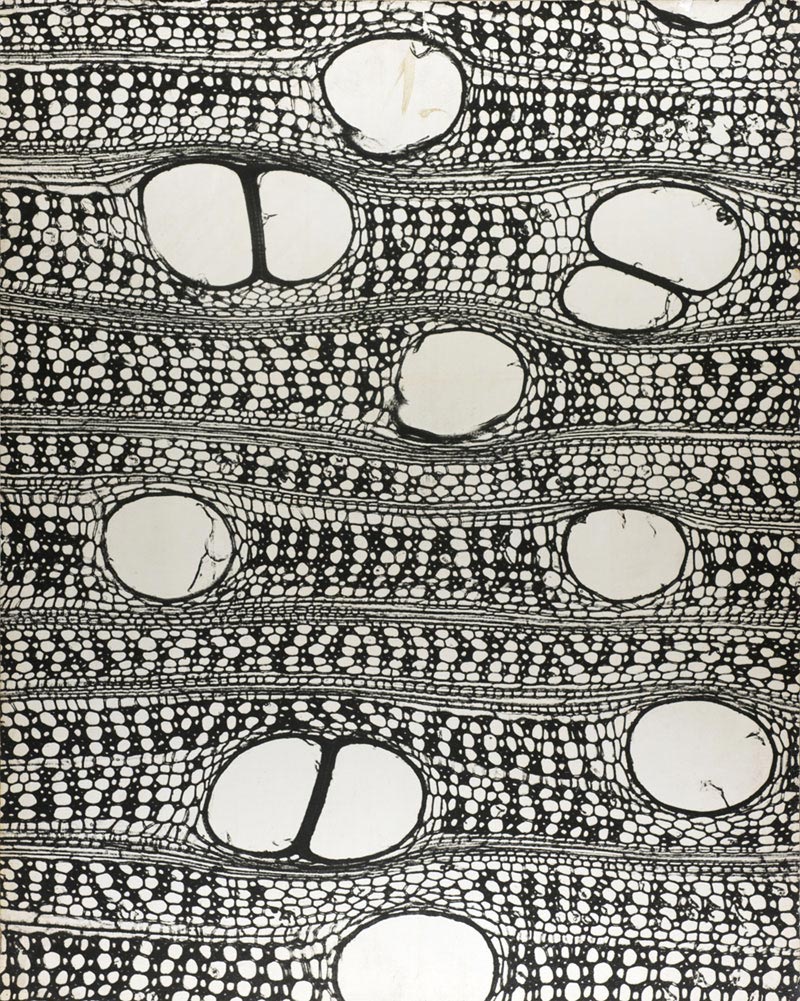

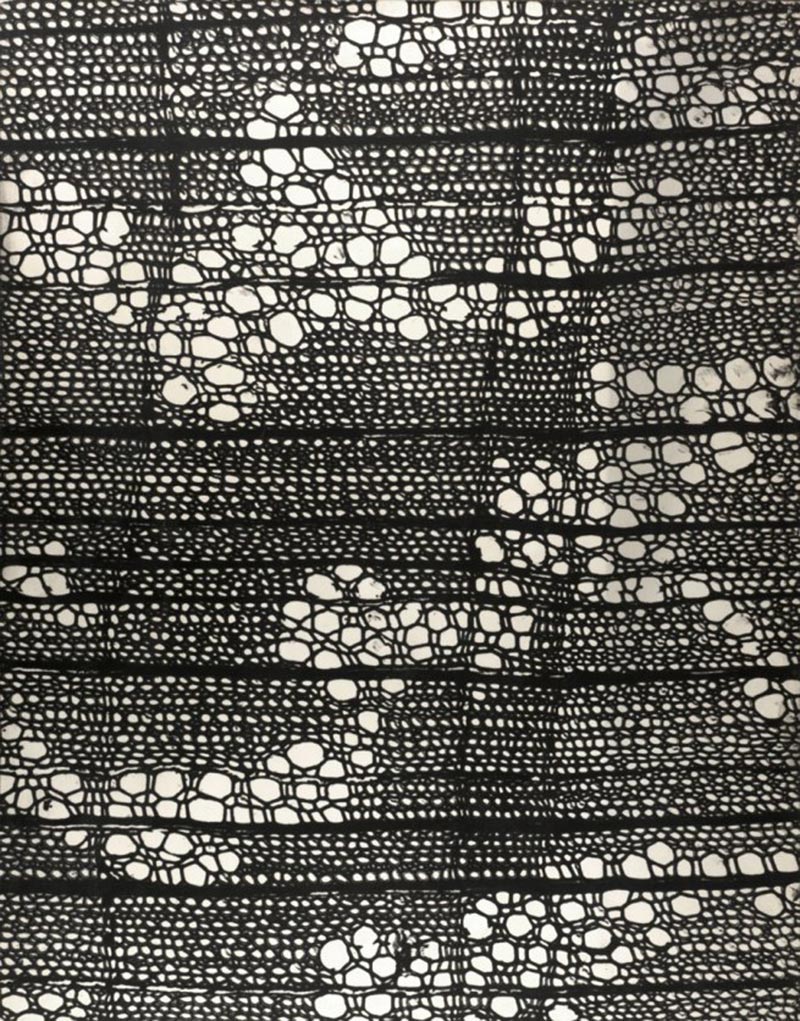
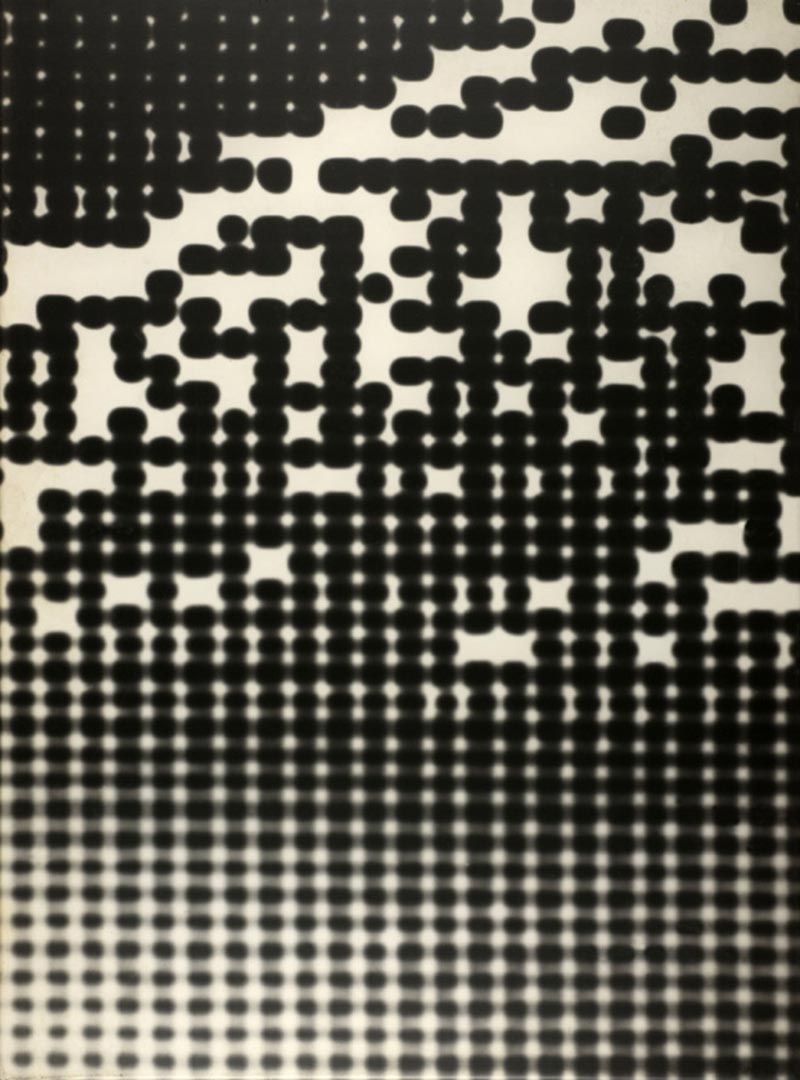




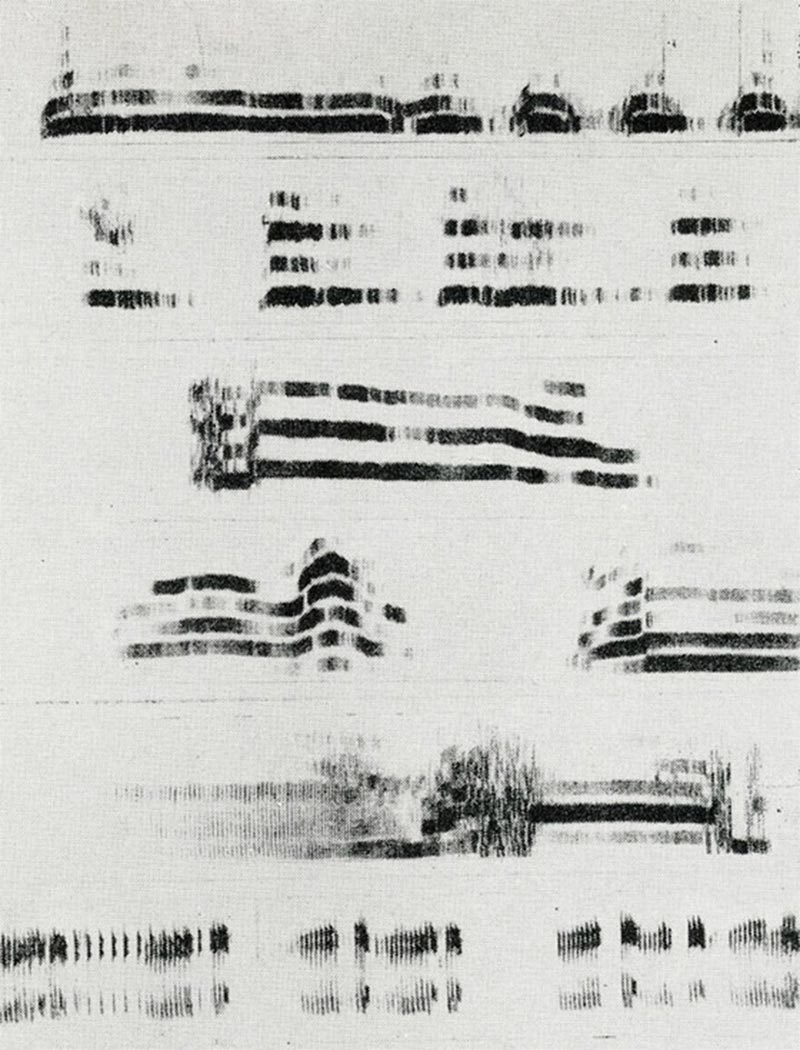































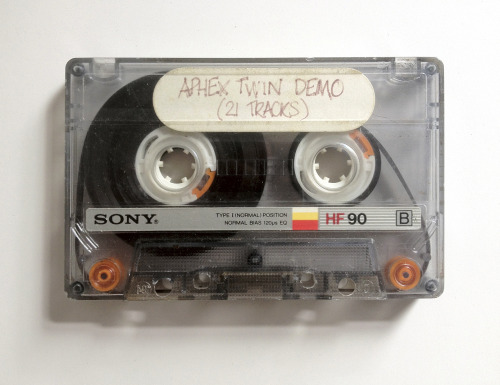
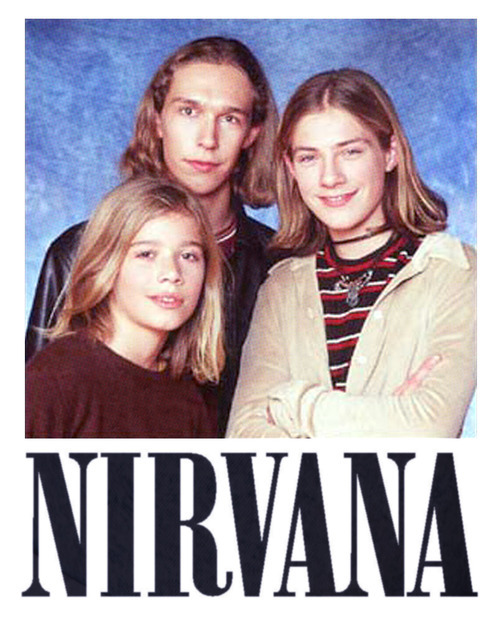
 In an upcoming episode of
In an upcoming episode of 




